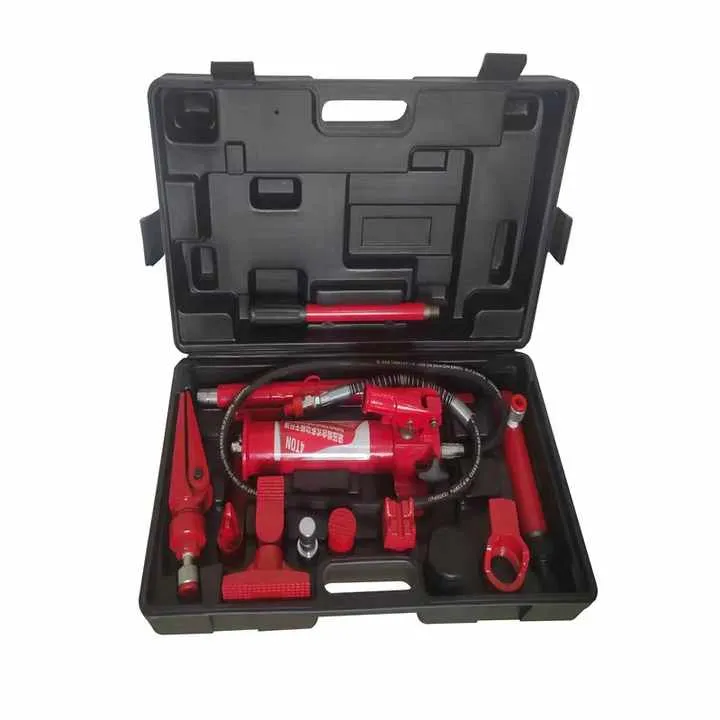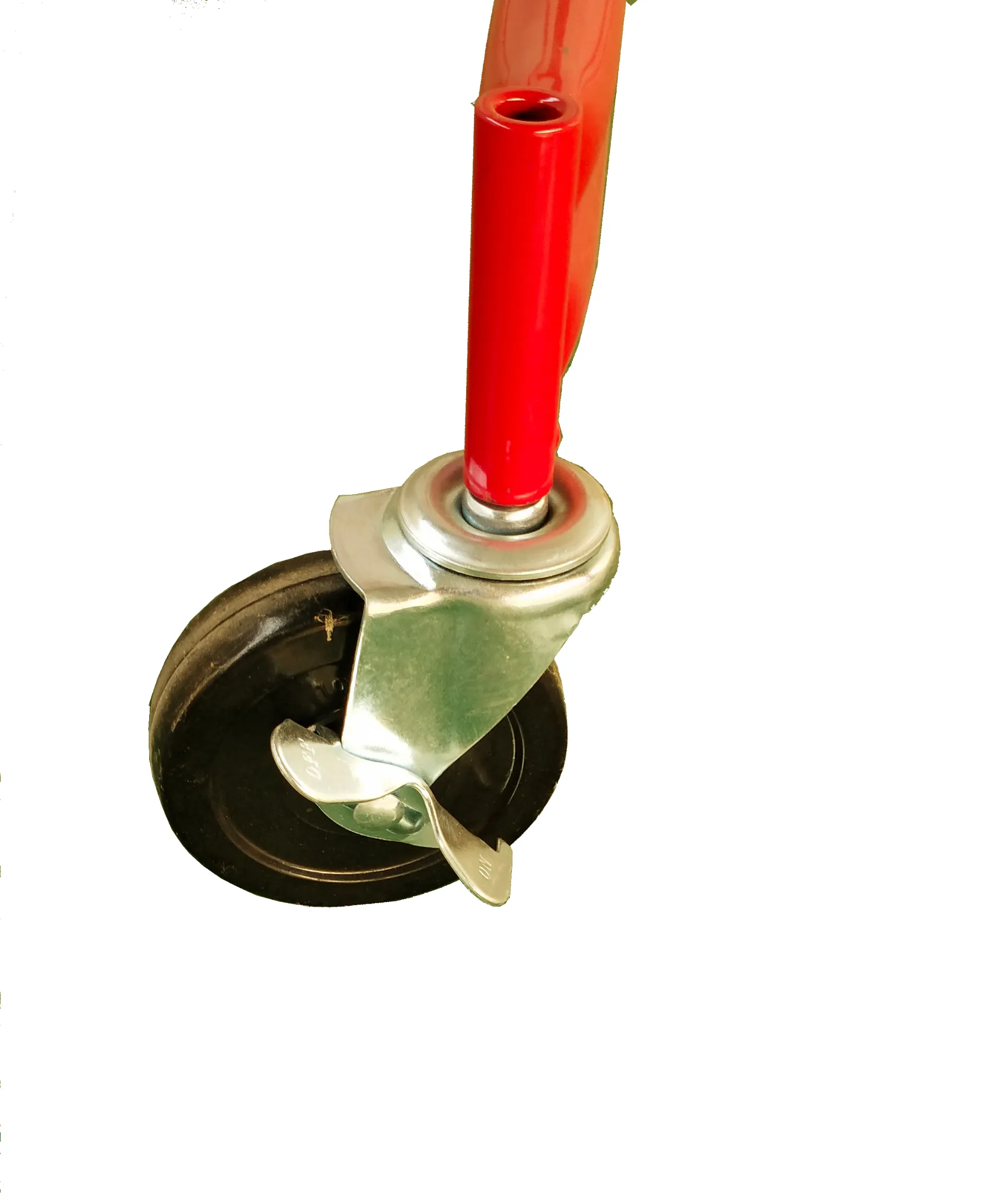1 月 . 09, 2025 11:14
Back To List
Hydraulic Engine Crane for Sale Expert Selection
Hydraulic engine cranes, also known as engine hoists, are essential tools for mechanics and automotive enthusiasts looking to lift and move heavy engine blocks with ease. This versatile equipment is crucial for efficiently performing engine swaps, repairs, and maintenance tasks without straining one's back or risking injury. When contemplating a purchase, understanding the intricacies of hydraulic engine cranes is vital.
Safety features are paramount. Look for cranes equipped with safety locks, overload valves, and sturdy construction materials. Safety locks prevent accidental lowering of the boom, while overload valves ensure the hydraulic system is not subjected to pressures beyond its limits, increasing the equipment’s longevity and user safety. Cost is a consideration, but it should not outweigh the importance of quality and durability. A higher initial investment in a reputable brand often results in a more reliable and long-lasting tool. It's advisable to compare different models and read customer reviews to gauge their performance and reliability. For best practices, regular maintenance of the hydraulic engine crane is essential to ensure its long-term functionality. Periodic checks on hydraulic fluid levels, inspection of the frame for signs of wear or damage, and lubrication of moving parts are simple measures that prevent operational issues and extend the crane's lifespan. In conclusion, hydraulic engine cranes are indispensable tools for engine handling tasks in automotive settings. Their ability to seamlessly lift and transport heavy engines fosters efficiency and safety, making them invaluable for both amateur mechanics and seasoned professionals. When purchasing, prioritize features that align with your specific needs and workspace constraints, and opt for models renowned for their quality and safety standards. With proper care and usage, a hydraulic engine crane is an investment that delivers robust support and reliability for countless projects.


Safety features are paramount. Look for cranes equipped with safety locks, overload valves, and sturdy construction materials. Safety locks prevent accidental lowering of the boom, while overload valves ensure the hydraulic system is not subjected to pressures beyond its limits, increasing the equipment’s longevity and user safety. Cost is a consideration, but it should not outweigh the importance of quality and durability. A higher initial investment in a reputable brand often results in a more reliable and long-lasting tool. It's advisable to compare different models and read customer reviews to gauge their performance and reliability. For best practices, regular maintenance of the hydraulic engine crane is essential to ensure its long-term functionality. Periodic checks on hydraulic fluid levels, inspection of the frame for signs of wear or damage, and lubrication of moving parts are simple measures that prevent operational issues and extend the crane's lifespan. In conclusion, hydraulic engine cranes are indispensable tools for engine handling tasks in automotive settings. Their ability to seamlessly lift and transport heavy engines fosters efficiency and safety, making them invaluable for both amateur mechanics and seasoned professionals. When purchasing, prioritize features that align with your specific needs and workspace constraints, and opt for models renowned for their quality and safety standards. With proper care and usage, a hydraulic engine crane is an investment that delivers robust support and reliability for countless projects.
Products categories
Latest News
-
Unlock the Power of the Spring Compressor for Your Projects
NewsApr.01,2025 -
Unlock the Power of Safe and Efficient Compression with the Spring Compressor
NewsApr.01,2025 -
Unlock Maximum Efficiency with the Spring Compressor
NewsApr.01,2025 -
Maximize Efficiency and Safety with the Spring Compressor
NewsApr.01,2025 -
Discover the Efficiency of the 2 Ton Foldable Shop Crane: A Must-Have for Auto Repair and More
NewsApr.01,2025 -
Discover the Best Spring Compressor for Your Needs
NewsApr.01,2025 -
Unlock the Full Potential of Your Workspace with the Tools Trolley
NewsMar.21,2025















